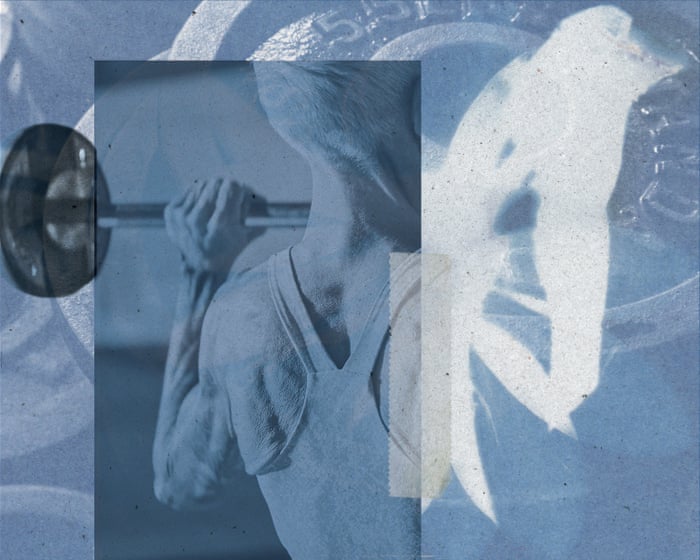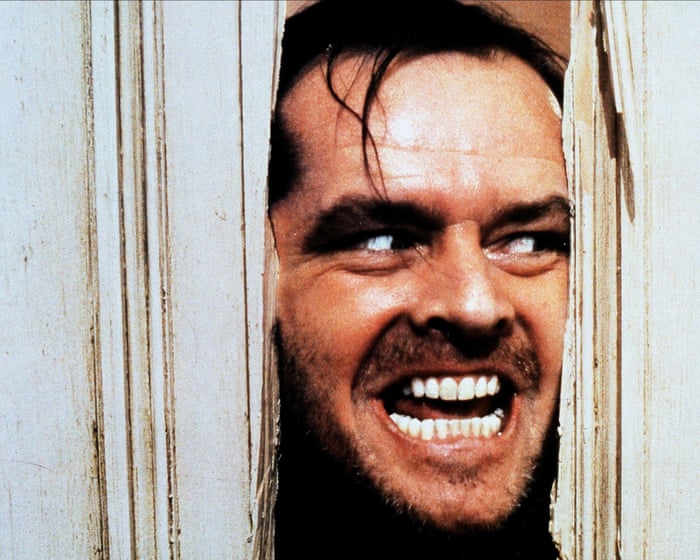Joan MacDonald is an influencer—though she cringes slightly at the term. But there’s no denying her success. The fitness guru has graced the covers of magazines like Women’s Health, landed lucrative brand deals, and even launched her own fitness app, Train With Joan. On Instagram, where she boasts over 2 million followers, she posts photos of herself in bikinis against stunning backdrops or working out in stylish, color-coordinated gym wear.
But there’s one thing that sets MacDonald apart from most social media stars: she’s 79.
“I was 70 when I started working out,” she says during a video call from her Ontario home, her white hair perfectly styled. “I still feel like I’m in my 30s.”
Her workouts are intense—whether you’re 30 or 70. She deadlifts, holds weighted planks, swings kettlebells, and effortlessly hoists dumbbells the size of fire extinguishers overhead. Her arm muscles could put professional rugby players to shame.
MacDonald may be the most famous older woman lifting heavy, but she’s not alone. There’s Ernestine Shepherd, 89, who calls herself “the world’s oldest living female competitive bodybuilder” and has over 101,000 Instagram followers. Nora Langdon, in her 80s, recently shared a video deadlifting 225 pounds. And earlier this year, The New Yorker featured a documentary about Catherine Kuehn, who set multiple world records for deadlifting in her 90s.
These women defy the stereotype of the frail elderly woman who needs help carrying groceries.
“Once you reach a certain age, people assume you can’t do anything,” MacDonald says. “Trainers and coaches dumb things down for older people, but they’re capable of more than they think.”
Elaina Manolis, a physical therapist and assistant clinical professor at Northeastern University, notes that women’s physical abilities are often underestimated—by others and even themselves.
Manolis says many of her menopausal and post-menopausal patients struggle to unlearn outdated beliefs about exercise. “This generation grew up thinking women didn’t belong in the gym,” she explains.
MacDonald and Shepherd admit they once worried lifting weights would make them “look manly.”
“At first, I thought, I don’t want to lift weights—I’ll look like a guy,” MacDonald recalls. “But that’s just brainwashing. Women hear it so often, we start to believe it.”
Avoiding strength training means missing out on benefits that are especially valuable as we age. Beyond building muscle—which Manolis emphasizes is possible at any age—strength training boosts bone health and cognitive function. This is crucial for women, who face higher risks of bone-weakening conditions like osteopenia and osteoporosis.
And it’s enjoyable. Shepherd says her favorite part of strength training is “the joy and the way it makes you feel.” She and her sister started lifting in their mid-50s and soon began training others, building a community. “I’d wear what my trainer called my ‘costumes’—shorts, crop tops, leopard-print leggings,” she laughs.
MacDonald faced criticism when she first started working out, but she didn’t let it stop her.She shared her experience on Instagram but received hurtful comments from people she considered friends. They criticized her choice of form-fitting clothes and her increasing public visibility. “They told me I shouldn’t flaunt myself or keep sharing my activities,” she says. “Apparently, older women are expected to fade quietly into the background.”
However, attitudes are changing. Manolis notes that many patients now come to her saying, “I know I should start lifting—I’ve heard about it on podcasts.” This year marks the first time powerlifting will be included in the National Senior Games, a biennial U.S. competition for athletes over 50.
Sue Hlavaseck, CEO of the National Senior Games Association, says interest in powerlifting has grown significantly in recent years. Around 12,400 athletes are expected at this year’s event in Des Moines, Iowa, with 187 competing in powerlifting—99 men (ages 54 to 95) and 88 women (ages 50 to 82).
Faith O’Reilly, the oldest female competitor at 82, was introduced to powerlifting in her late 30s. “I watched others and thought, ‘I can do that too,'” she says. She’s been lifting ever since, enjoying the challenge, community, and confidence it brings. “It keeps me independent—I can handle my grandkids and groceries without help.”
For beginners, experts recommend starting with a trainer or physical therapist to ensure proper form. O’Reilly notes that gyms are usually welcoming to newcomers. Manolis adds that even short-term training (four to six weeks) can lead to noticeable improvements, like climbing stairs or doing household chores more easily.
While strength training helps maintain independence, MacDonald reminds us it’s not a magic solution. “Staying active doesn’t mean you’ll never feel pain or have bad days,” she says. “But that’s life—you keep moving forward.”




